Anago-meshi, a specialty of Miyajima, Hiroshima Prefecture, is a local dish that is also called the taste of home in Hiroshima. Since it became a hit as an ekiben in 1901 (Meiji 34), it is now attracting attention not only from Hiroshima residents but also from tourists outside the prefecture. You can taste anagomeshi not only around Miyajima Station, but also in Hiroshima City, so be sure to stop by when you visit Hiroshima. Here, we will introduce the characteristics of anagomeshi, the state of the popular restaurant “Ueno”, and recommended restaurants where you can eat anagomeshi.
What is Anago meshi?
Anagomeshi (あなご飯), also known as “conger eel rice dish” a specialty of Miyajima, Hiroshima Prefecture, is a traditional Japanese food that locals also called the home taste of Hiroshima. The Ekiben bento dish known as Anago Meshi is rice dish that locals cooked in sea eel bone stock and is then topped with bite-sized pieces of grilled Anago drizzled with a sweet soy sauce. Japanese serve this dish of Anago no kabayaki (flavored grilled anago) with rice that they cook in a shoyu and dashi soup made from anago heads and bones as well as kobu.
You can also find Anagomeshi with rice and anogo already mixed. Take the soup stock with the head, bones, and kelp of the conger eel, cook the rice with the soup stock mixed with soy sauce, and finally put the kabayaki conger eel on top of the cooked rice. There is no need for specialized seasonings or unique cooking techniques.
Anago meshi History

Near Miyajima Station in 1901, Anagomeshi’s founder Ueno Tanikichi began selling lunchboxes containing conger eel on top of seasoned rice (the current Miyajimaguchi Station). Locals frequently consumed conger eel bowls since Miyajima has historically been a location where many conger eels were caught. Tanikichi-Oh (Mr. Ueno) was a rice merchant in Miyajima during the middle of the Meiji period.
After Miyajima Station opened, he opened a tea shop in front of Miyajimaguchi on the station’s approach. People started visiting the station more frequently as the coal-powered steamship service gained popularity. Mr. Ueno responded by assuming responsibility for organizing transportation and loading coal into steamships. Additionally, he created the “Anagomeshi” station lunchbox, which he began marketing, using the conger eel bowls he was already selling at the tea shop. The lunchbox then gained popularity as an Ekiben (station lunch box).
Anago meshi Recipe
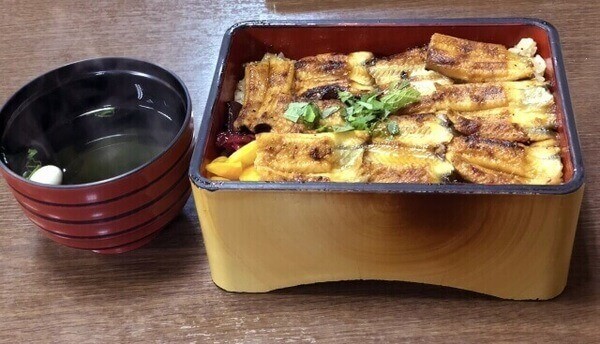
Anago meshi Ingredients
| Ingredients of Anago meshi for 4 people | |
| Rice | 480g |
| Dashi kelp | 20g |
| Conger eel | 880g |
| Sweet and sour ginger | 40g |
| Chopped Nori | 10g |
| Sake | 56g |
| Salt | 3g |
| Soy sauce | 47g |
| Mirin | 42g |
How to make Anago meshi
Remove the scales on the fish, and wipe off the dirt. Next, add kelp, sake, soy sauce, and salt. Then, cook it.
Remove the internal organs and the middle bones of the conger eel and bake it while adding soy sauce, mirin, and sake.
Put the rice of 1 in a bowl, cut the conger eel into 3 cm pieces, put it on it, and sprinkle the remaining 2nd seasoning as a sauce.
Add sweet and sour sauce ginger and chopped paste on top.
Anago meshi vs Anago Don
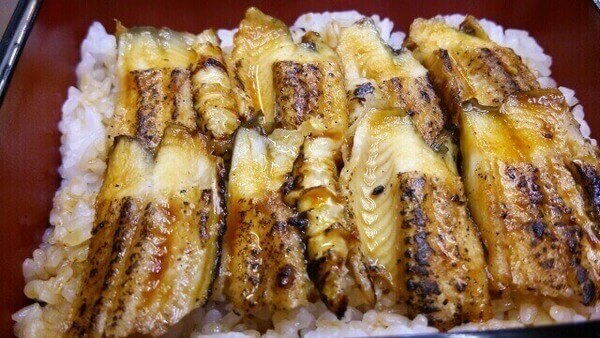
Anagomeshi is similar to Anago-Don, but the rice in the Anago Don is just white, and locals do not use any soup stock when cooking it. Therefore, it is said that anagomeshi has a stronger flavor than an Anago Don.
Unagi vs Anago
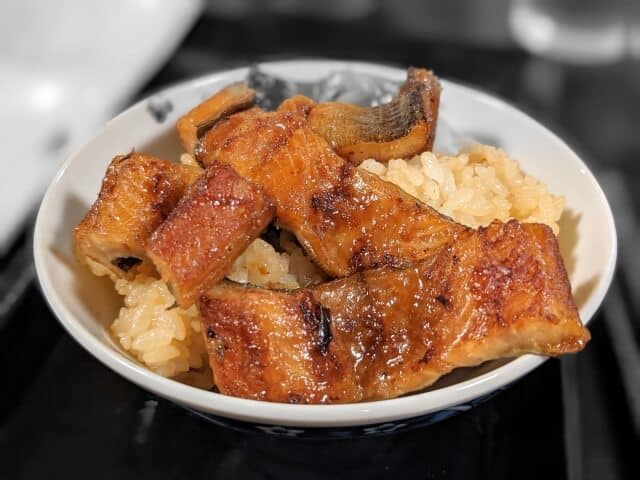
Unagi (freshwater eel) is famous for its bold, rich taste, while Anago (saltwater eel), is a more muted choice, known for its incredibly soft texture and natural sweetness. Both Unagi and Anago have played an important role in Japanese cuisine and culture for thousands of years, but the freshwater eel in particular has been making news as an at-risk species.
Unagi sauce and Anago sauce
What are the differences between Unagi and Anago ?

Appearance
The unagi has a black back and yellow belly in color and it has a round-shaped tip of its tail fin. While the anago has a light brown overall, white spots on the sides and the tip of its tail fin is sharp.
Biological difference
Both unagi and anago are eels and are the same companion. Unagi spawn and hatch in the sea, but after that, they are “migratory fish” that live in freshwaters such as rivers and lakes.
On the other hand, Anago are “saltwater fish” that live in shallow waters and other seas even after spawning.
Taste
Simply put, the Unagi are thick and the conger eels are refreshing. The flavor differs depending on where locals produced it and whether they caught naturally or farmed it. However, this does not mean that eels are tastier, Anago are less tasty, or vice versa.
Anago comes with a sauce called “tsume”, which is different from unagi sauce. Locals made Anago sauce by boiling conger eels many times, seasoning the broth with plenty of conger eel extract with sardines, and simmering it over low heat. On the other hand, they make Unagi sauce by roasting the eels, and the oil and extract of the eels are melting out, and when it decreases, it is added many times and becomes a sauce over many years.
Price difference of Unagi and Anago in market
The market price with both kabayaki are follows:
Unagi
Unagi cost for about ¥1500-3000.
Anago
On the other hand, Anago cost only ¥500-1000.
The result is that unagi are more expensive with a difference of nearly double.
Difference in calories count of Unagi and Anago
Unagi
It is high in calories because it is rich in fat and a 551kcal per 100 grams.
Anago
It is healthier than Unagi with less fat than it. Anago only has 166 kcal per 100 grams.
Best season to eat Anago meshi
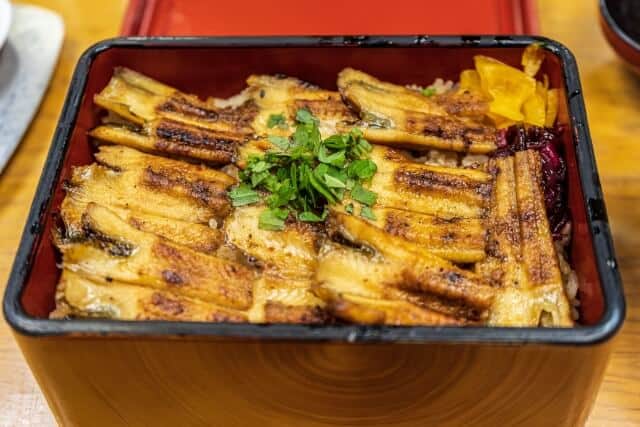
Originally, this dish started as a kind of fishermen’s cooking in the Setouchi area. The best season for conger myriaster is mid-January and summer. In particular, those caught in mid-January are the best season.
Where to buy Anago meshi
Ueno (うえの)
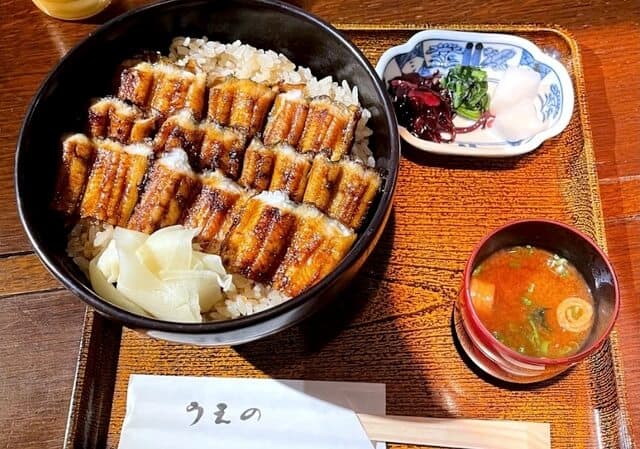
This is a well-known store that locals loved for over 100 years. It is a restaurant where you can enjoy exquisite conger eel dishes with various cooking methods. The balance of sweet and spicy sauce they make on the fluffy conger eel is truly an exquisite gem.
Wada (あなごめし 和田)

This is an anagomeshi specialty store with a strong commitment. The menu is only the conger eel bowl of the local conger eel. They serve the anago meshi bowl where you can enjoy the sauce until the end, with a light and slightly sweet sauce flowing through the gaps in the rice to the bottom of the bowl.
Inachu (いな忠)
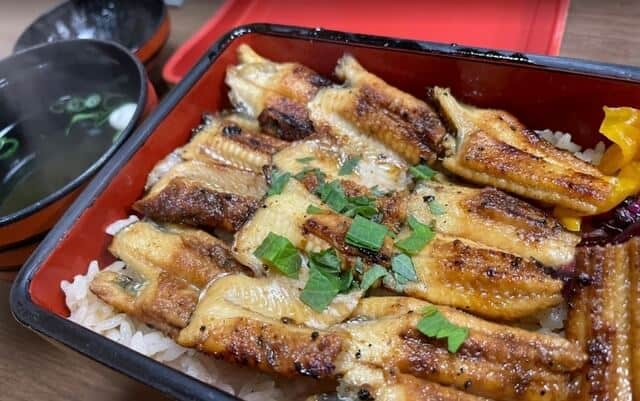
“Inachu” is a restaurant wherein the craftsmen bake the conger eel at the store and you can “Anagomeshi” inside the store. In front of the shop, the scent of grilled conger eels makes your appetite alive. They made it by entwining a plump and fragrantly roasted conger eel from the coastal waters with a secret sauce that has a characteristic sweet and salty taste passed down for generations.
Fujitaya (ふじたや)
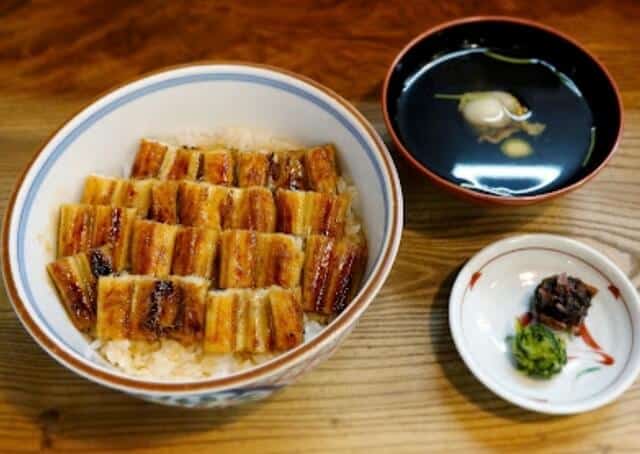
This one is a famous Anagomeshi restaurant in Miyajima. Their anagomeshi has an unglazed natural conger eel, and then steamed conger eel on top of the chewy rice steamed with sauce, which has a good reputation. It costs about 2,500 yen and may quickly become unavailable because many line up at this store too.
Takeaway
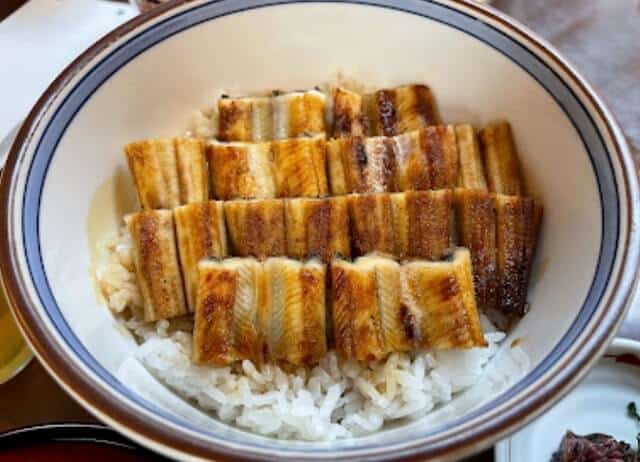
One of the joys of traveling is getting to know the history and culture of the place you are visiting as well as enjoying its cuisine and purchasing local specialties as gifts. In terms of the well-known local cuisine of Miyajima, anago-meshi (broiled conger eel over rice) is prepared using only the freshest ingredients from the ocean.
If you are into eel kabayaki and also rice bowl dishes, I bet you would also love to try Kayakumeshi, Uzume meshi, Fukagawa meshi, Atsumeshi, Unagi no Kabayaki, Unajyu, Unadon, and Hitsumabushi.
 牧野悦子-1-1256x832-1.jpg)
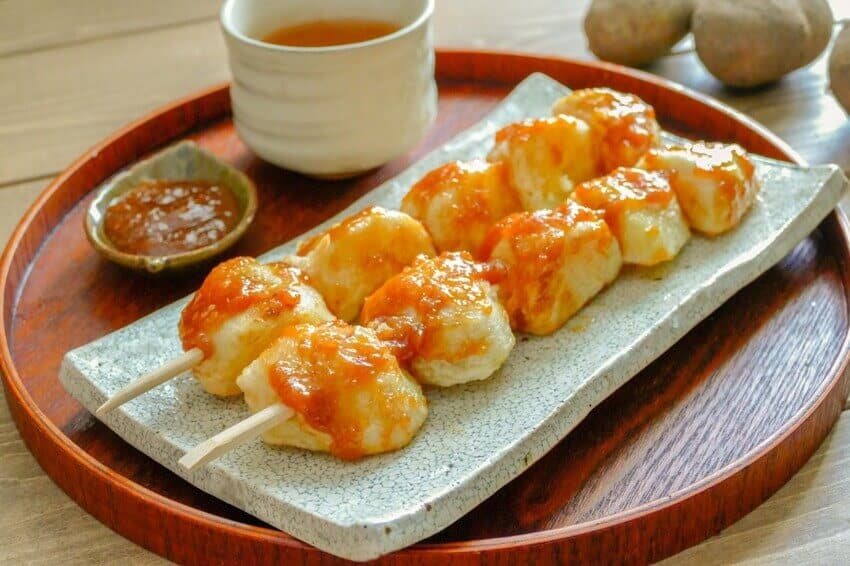
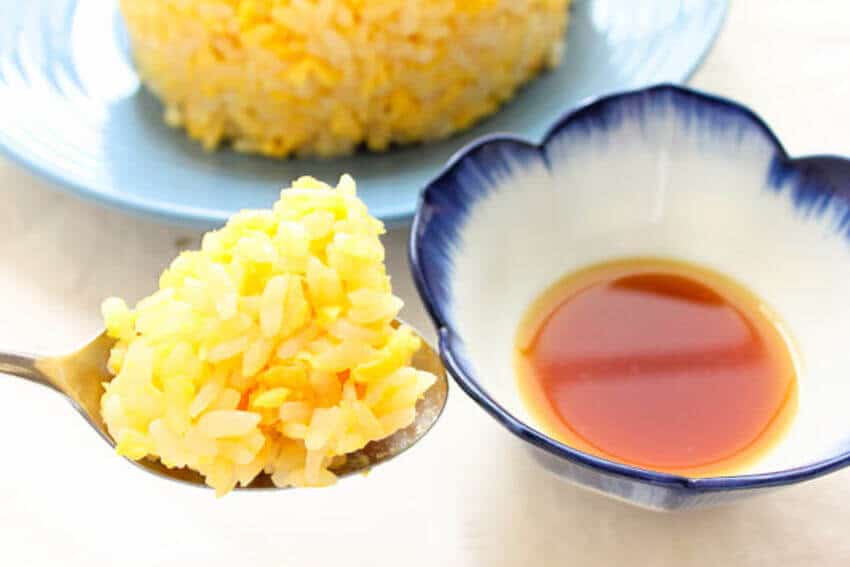
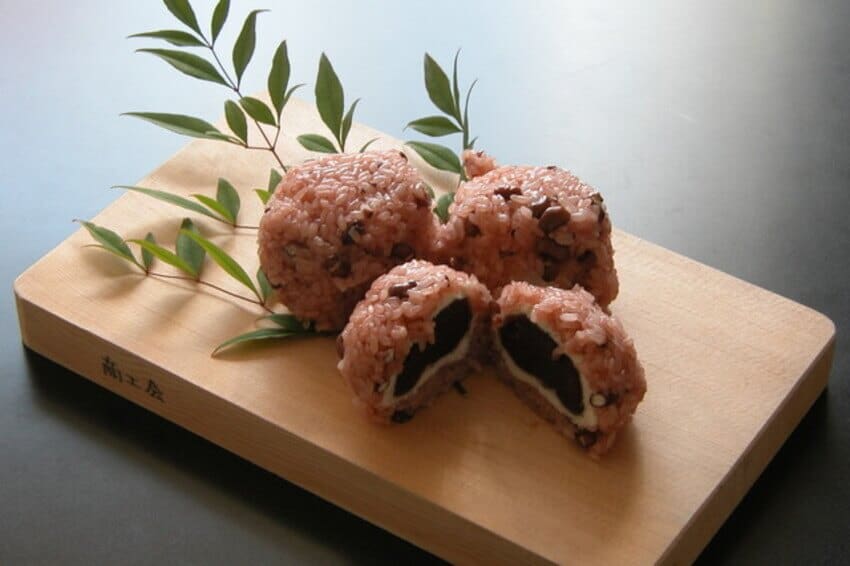
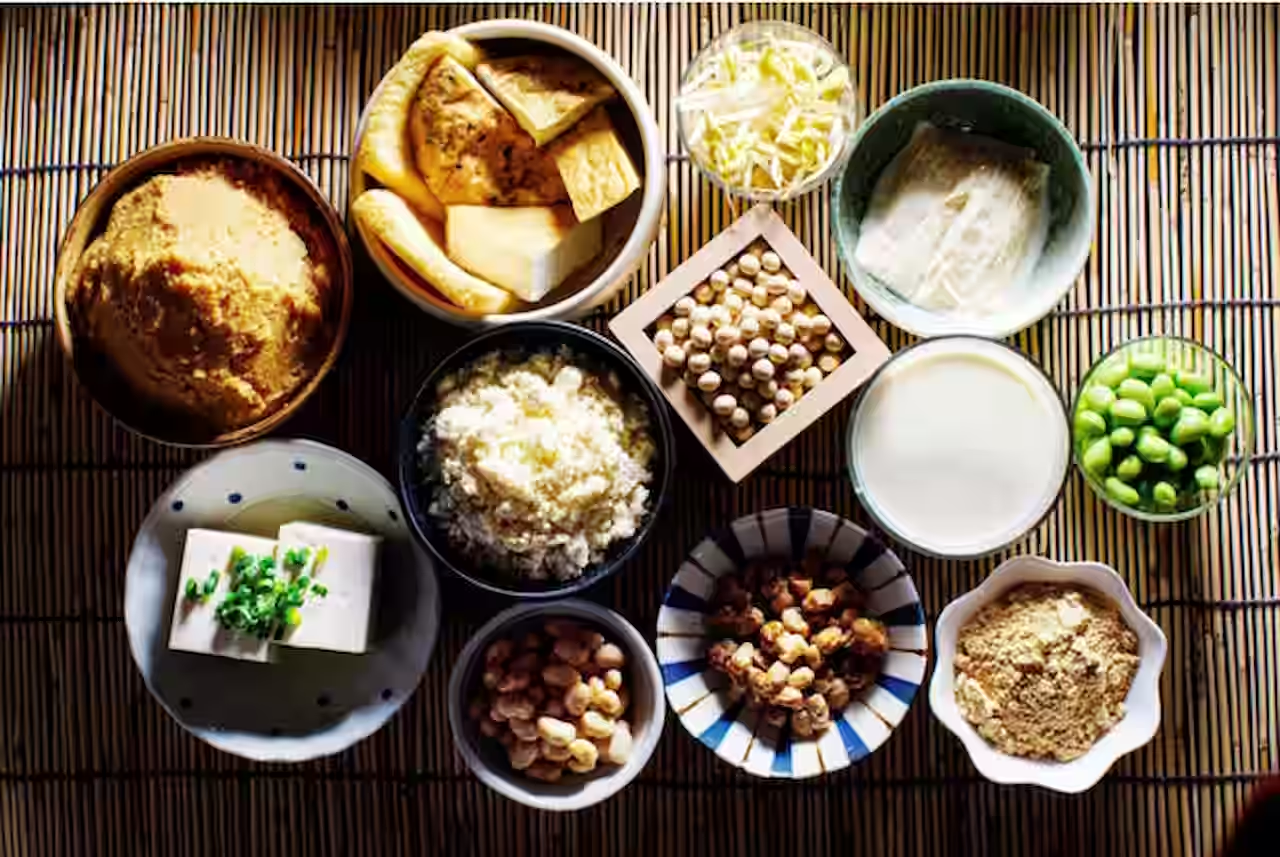

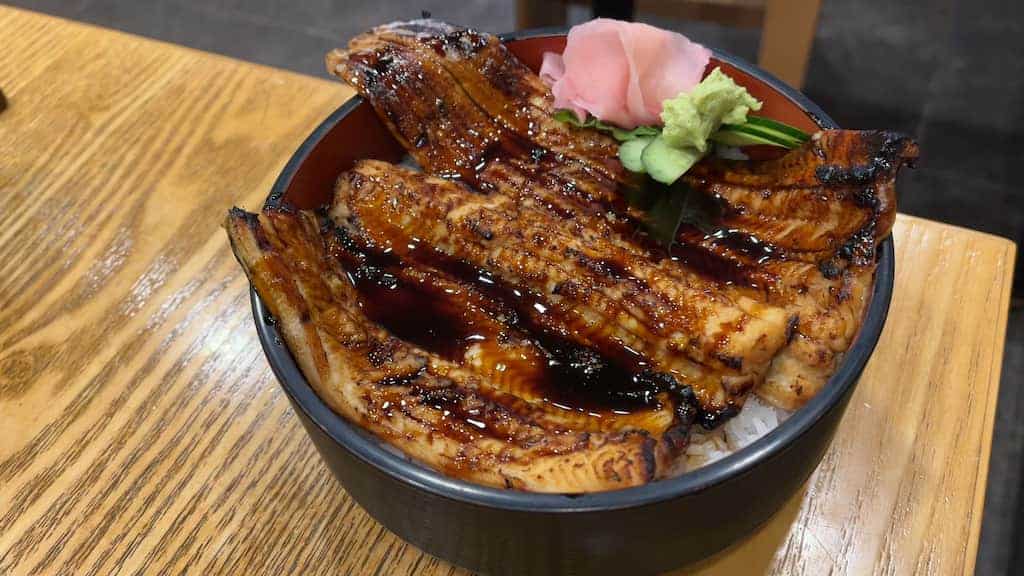
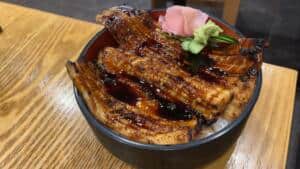
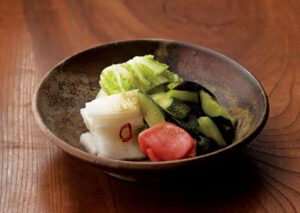
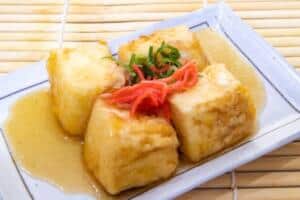
 牧野悦子-1-1256x832-1-300x199.jpg)
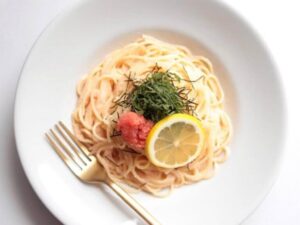
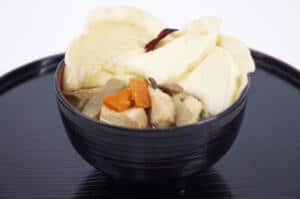
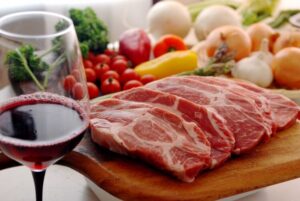
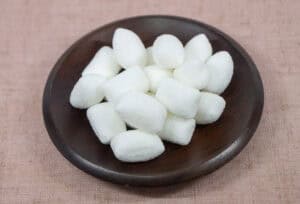
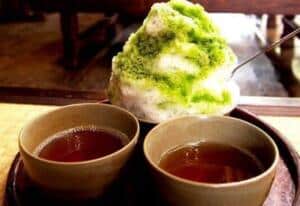
Comments